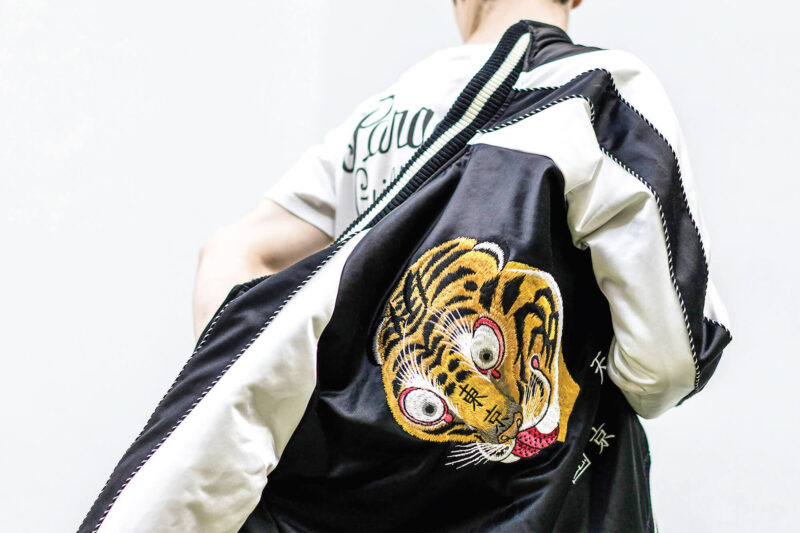Chinese streetwear fashion is making significant strides on the global stage. It’s a fascinating blend of traditional Chinese elements and modern streetwear aesthetics, driven by youth culture and a desire for individual expression.
This unique style combines Chinese characters, symbols, and traditional arts like calligraphy and embroidery, making it both attractive and culturally significant.
1. Melting Sadness
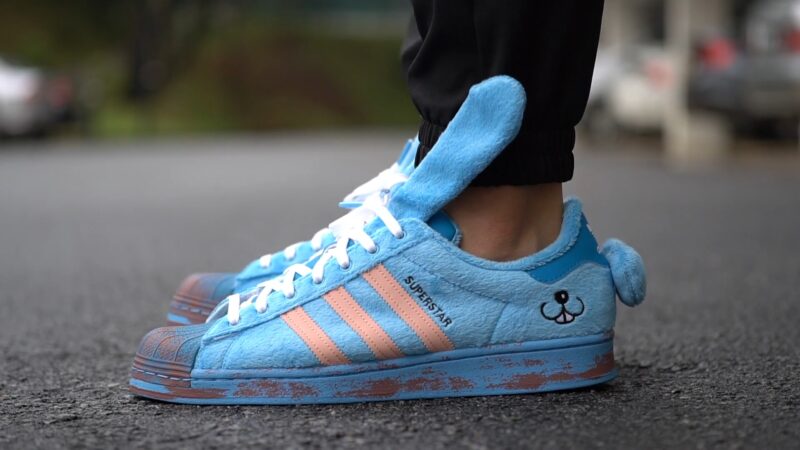
Founded in 2013 by Zhang Quan, a graduate of Nanjing University of the Arts, Melting Sadness is not just a fashion label but a creative amalgamation of art and streetwear.
Quan’s vision was to create a brand that went beyond typical fashion boundaries, incorporating a playful and artistic spirit into everyday wear. Melting Sadness gained attention for its unique approach to design, by blending cartoon elements with streetwear silhouettes.
- Character Designs: Integral to the brand’s identity are characters like Kuka, Babo, and Best, which bring a sense of whimsical charm to its collections.
- High Fashion Collaboration: The brand’s partnership with Adidas Originals has been pivotal, showcasing its capability to merge streetwear with high fashion.
- Artistic Installations: Known for its large, sculptural installations in retail spaces, the brand creates an immersive experience that extends beyond clothing.
Impact and Influence
Melting Sadness represents a new wave in Chinese streetwear which is among the biggest trends, one that emphasizes the importance of storytelling and artistic expression in fashion.
Its collections are the best proof the brand’s commitment to creating pieces that are not just wearable but also convey a deeper narrative. The brand has successfully captured the imagination of the youth, resonating with those who seek more than just fashion in their clothing.
- Collaborations: partnership with Adidas.
- Global Appeal: Gaining international recognition for its unique aesthetic.
- Cultural Significance: Representing a blend of modern fashion sensibilities with a playful, artistic flair.
2. Sankuanz
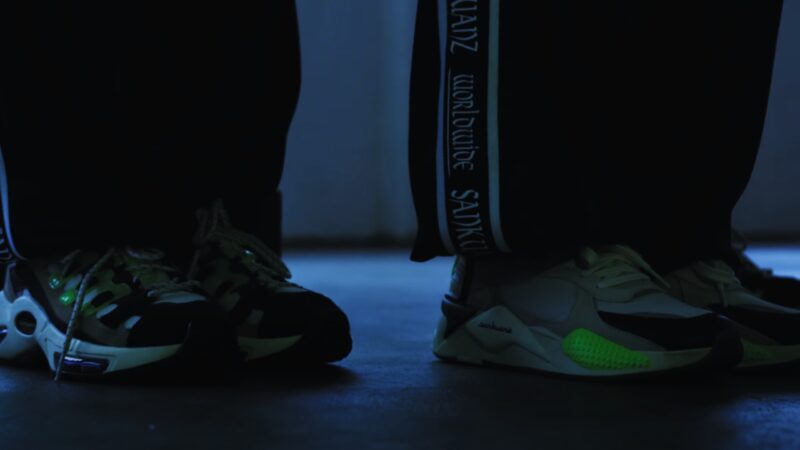
It is known for its unique style that incorporates bold graphics, oversized fits, and a futuristic aesthetic. Shangguan Zhe, a visionary in his own right, has positioned the brand at the intersection of avant-garde fashion and streetwear.
Signature Styles and Collaborations
- Futuristic Design: Sankuanz’s designs often feature a dystopian, sci-fi feel, with faux bulletproof vests and hybrid functionalities.
- Global Presence: The brand has been a regular at Paris Fashion Week since 2016, showcasing its versatility and appeal on an international stage.
- High-Profile Collaborations: Including partnerships with brands like Crocs, Puma, and Adidas, further elevating its global profile.
Sankuanz’s influence extends beyond fashion; it’s a statement on contemporary culture and style. The brand’s ability to blend high-end fashion elements with streetwear cuts speaks to a new generation of fashion enthusiasts who appreciate the fusion of different styles and cultures.
- Innovative Design Philosophy: Breaking conventional fashion norms.
- Global Retail Partnerships: Sold through global retailers like Farfetch, Ssense, and Yoox.
| Year | Biggest Achievements |
|---|---|
| 2008 | Brand Launch |
| 2016 | Debut at Paris Fashion Week |
| 2023 | Collaborations with Major Global Brands |
3. Soulgoods
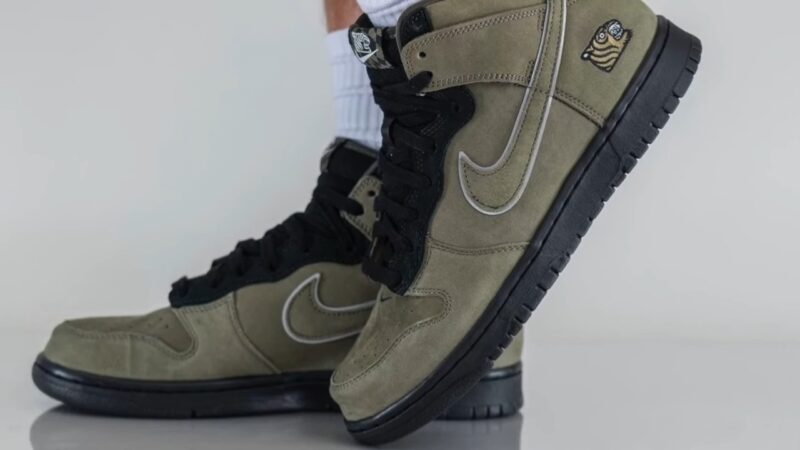
Soulgoods has quickly become a platform for those who see fashion as an extension of their identity.
- Graphic Tees and Vibrant Prints: Known for its graphic tees, Soulgoods uses vibrant prints to make bold statements.
- Artistic Collaboration: The brand often collaborates with artists, reflecting a deep commitment to cultural and artistic expression.
- Diverse Range: Soulgoods offers a range of products, from casual streetwear to more high-end fashion items, catering to a wide audience.
Soulgoods has gained significant traction among youth culture, especially those who prioritize authenticity in their fashion choices. The brand’s emphasis on individuality and artistic collaboration has made it a favorite among a generation that values self-expression.
4. Team Wang
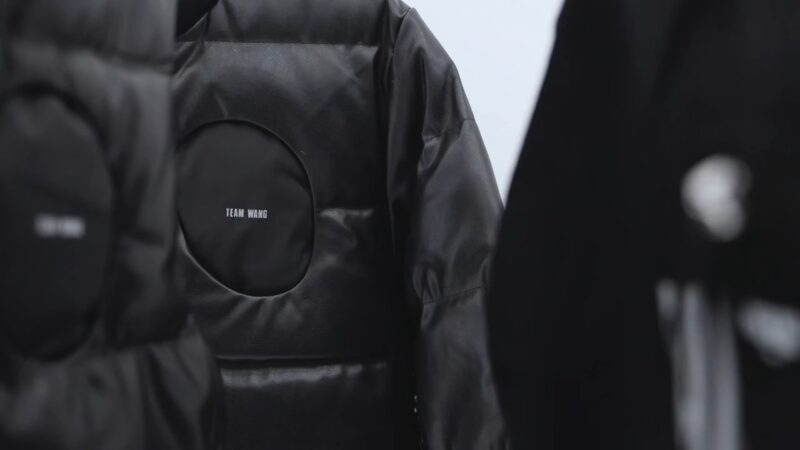
Launched as more than just a clothing line, Team Wang represents a lifestyle, embodying the ethos of “Know yourself, Make your own history.”
- Minimalist Aesthetic: Team Wang’s collections are characterized by a minimalist approach, focusing on sleek and chic designs.
- Unique Brand Features: Signature elements like ‘EYELETS’ in products symbolize connection and cohesion.
- Music and Fashion Fusion: The brand reflects a fusion of musical and fashion influences, appealing to a broad demographic.
Team Wang has rapidly evolved from a niche label to a global fashion player, demonstrating the power of celebrity influence in the fashion world. The brand’s unique approach to blending different cultural elements has garnered it a diverse following.
5. Staffonly
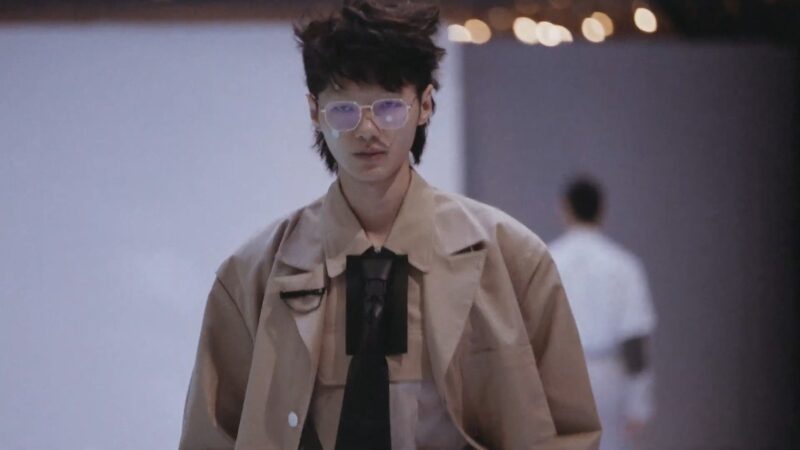
Staffonly, established in 2015 by Shimo Zhou and Une Yea, alumni of the Royal College of Arts in London and London College of Fashion, is more than just a streetwear brand. It stands out for its unique blend of Western and Eastern design elements.
The brand is known for its innovative approach to streetwear, often incorporating humor and a playful spirit into its designs.
- Innovative Textures: Staffonly experiments with various textures, from leather to shredded sleeves, showcasing a broad range in their design palette.
- Collaborations: The brand has collaborated with renowned names like Onitsuka Tiger, Ugg, Monopoly, and Puma, enhancing its visibility and appeal.
- Digital Innovation: In 2022, Staffonly released a series of NFTs, reflecting its forward-thinking approach and ability to blend the digital with the physical.
| Collaboration | Description |
|---|---|
| Onitsuka Tiger | Blending traditional athletic wear with modern design elements. |
| Ugg | Innovative footwear designs that challenge conventional styles. |
| Monopoly | A unique collection that infuses playful elements from the game into fashion. |
| Puma | Collaboration that highlights both brands’ strengths in streetwear. |
6. Attempt
View this post on Instagram
- Minimalist Approach: Attempt is known for its clean, architectural designs, offering a sophisticated take on streetwear.
- Functional Details: The brand emphasizes functionality in its designs, ensuring that each piece is not only stylish but also practical.
- Fabric Experimentation: Attempt is recognized for experimenting with different techniques and fabrics, showcasing innovation in material usage.
Market Influence
Attempt’s rise in the streetwear market is a testament to the brand’s commitment to quality and design. It has garnered a loyal following and has collaborated with brands like Ugg and Puma.
- Brand Evolution: Growing from a niche label to a recognized name in streetwear.
7. FMACM
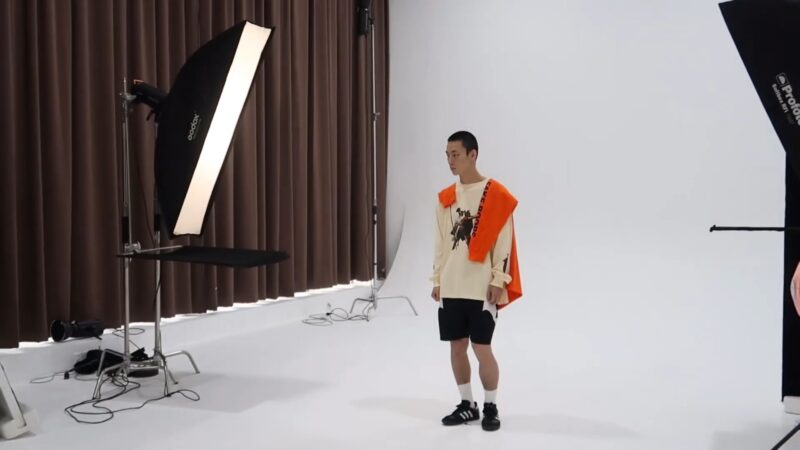
FMACM, an acronym for “For My All City Men,” has carved a niche for itself in the Chinese streetwear scene with its roots deeply embedded in hip-hop culture.
Established with a vision to resonate with the urban street style of the 90s, FMACM is recognized for its baggy silhouettes, bold branding, and a nod to the essence of hip-hop.
- Hip-Hop Inspired Designs: FMACM’s collections feature streetwear that pays homage to the hip-hop culture, with baggy clothing and bold graphical elements.
- Bold Branding: The brand’s use of striking logos and branding elements is a nod to the 90s streetwear aesthetic.
- Cultural Resonance: FMACM’s style speaks to those who appreciate the fusion of music and fashion, particularly the influence of hip-hop on streetwear.
| Key Collection | Inspiration | Notable Features |
|---|---|---|
| 2022 Hip-Hop Series | 90s Hip-Hop Culture | Baggy silhouettes, bold prints |
| 2023 Urban Line | Modern Urban Lifestyle | Urban graphics, contemporary designs |
8. Avenue & Son
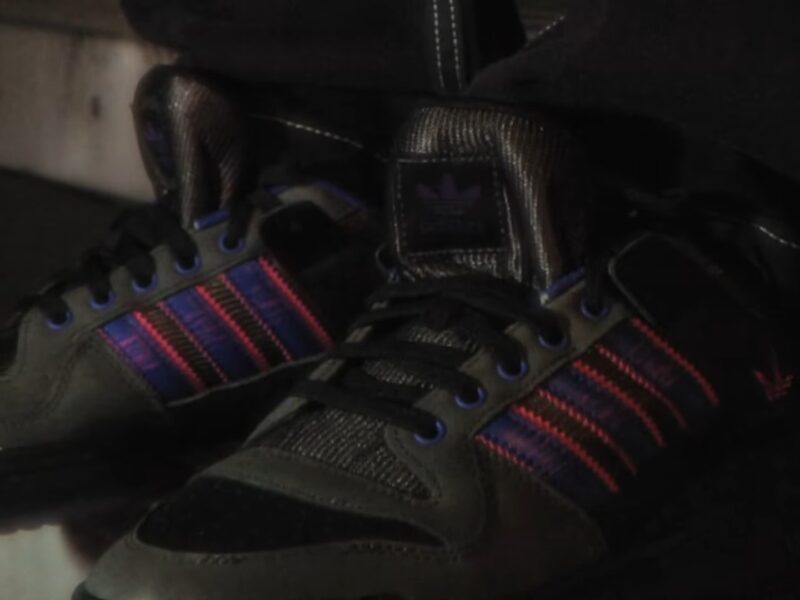
This brand is a fusion of the old and the new, bringing traditional motifs and embroidery into contemporary fashion.
- Cultural Fusion: Avenue & Son skillfully blends traditional Chinese designs and motifs with modern streetwear aesthetics.
- Artistic Embroidery: The brand often incorporates intricate traditional embroidery in its designs, showcasing a respect for heritage.
- Modern Interpretation of Tradition: Each piece is a contemporary interpretation of traditional Chinese art and culture.
| Collection Theme | Inspiration | Key Elements |
|---|---|---|
| Heritage Series | Chinese Historical Art | Traditional motifs, modern fabrics |
| Urban Fusion | Contemporary Urban Culture | Streetwear cuts, traditional embroidery |
9. Mukzin
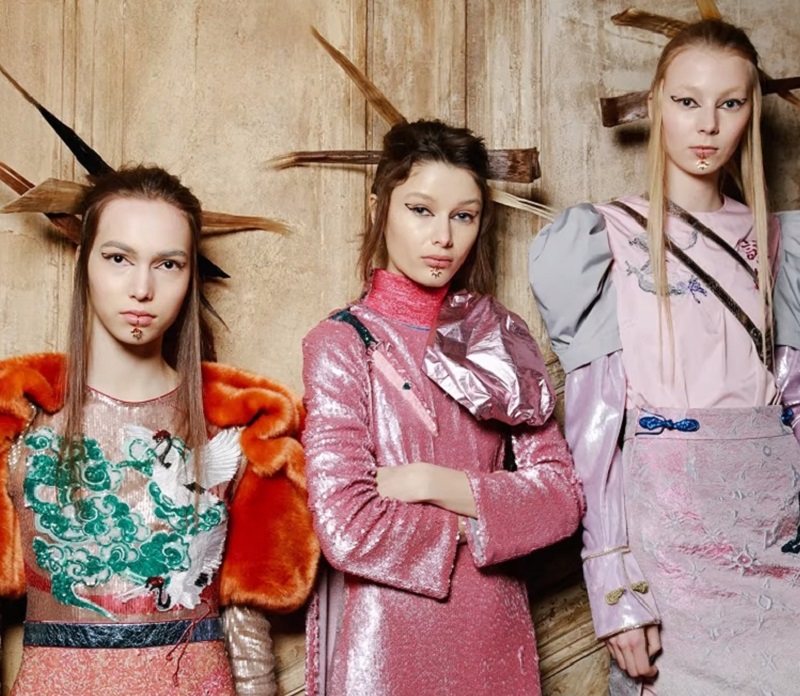
Mukzin’s design philosophy is deeply rooted in Chinese traditional culture, which is evident in its collections. The brand has successfully integrated traditional Chinese elements, such as prints and handcrafts, with modern costume design, creating a new dimension of neo-orientalist aesthetic language.
- Cultural Inspiration: Mukzin’s designs are heavily inspired by ancient Chinese clothing, incorporating details from the Ming and Qing Dynasties to evoke the spirit of the sorceress from ancient China.
- Product Range: The brand offers a diverse range of products, including dresses, pants, skirts, shorts, vests, swimsuits, shoes, and an array of accessories like earrings, necklaces, socks, rings, hairpins, and bags.
- Fashion Week Participation: Mukzin has marked its presence at major international fashion weeks in Paris, London, Milan, and New York. The brand’s design works have been featured in prestigious fashion media outlets like Vogue, Bazaar, Elle, and L’Officiel.
Cultural Heritage and Collaborations
- Intangible Cultural Heritage Integration: Mukzin has actively integrated intangible cultural heritage handcrafts like Guinan Embroidery and Hami Embroidery into its fashion collections. This not only preserves traditional craftsmanship but also infuses it with contemporary design aesthetics.
- Collaborations: Mukzin’s notable collaborations include a partnership with Universal Picture, connecting “The Classic of Mountains and Seas” with Jurassic in the Chaos of Mountains and Seas collection, and a collaboration with Belgian brand KIPLING for the Oriental City Collection.
10. Randomevent
Randomevent draws inspiration from 1990s popular culture, focusing on youthful perspectives of design, art, and culture. The brand has successfully tapped into the nostalgic yet stylish sensibilities of China’s local influences, combined with global Gen Z-led trends.
This synergy has led to Randomevent’s recognition as a symbol of artistic streetwear in China. One of Randomevent’s key strategies has been its collaborations with globally renowned brands.
The brand has partnered with names like Dickies, Puma, New Balance, and Giramicci, and even celebrated the Year of the Rat with a unique Be@rbrick launch. These collaborations have not only broadened Randomevent’s consumer base but have also significantly increased its brand awareness.
| Brand Aspect | Description |
|---|---|
| Inspiration Source | 1990s Popular Culture |
| Target Demographic | Gen Z and Millennials |
| Design Style | Slouchy Silhouettes, Colorful Shades, Fleeces and Cargo Pants |
| Retail Experience | Museum-like Spaces with Artistic and Industrial Aesthetics |
| Collaborative Approach | Partnerships with Global Brands like Dickies, Puma, New Balance |
| Global Presence | Stores in Beijing, Changsha, Hangzhou, Shanghai, Milan, and New York |
| Brand Vision | Transitional Nature of Life, Positive Outlook, Innovation |
11. Shein
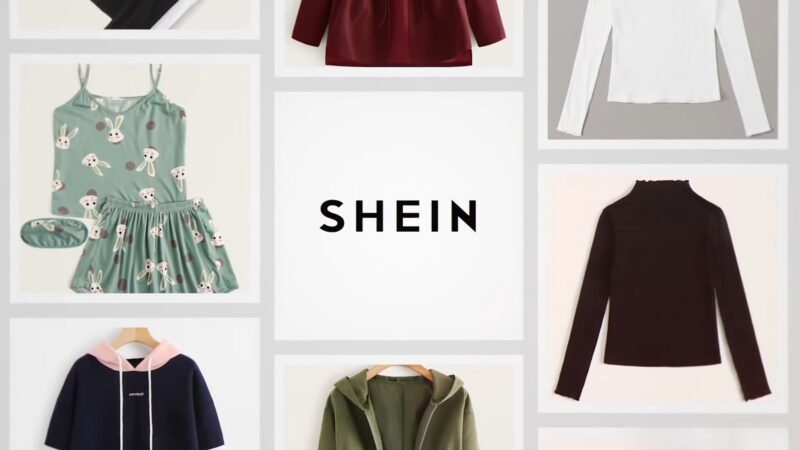
A significant factor in Shein’s success is its adept use of social media. The brand has mastered the art of collaborating with popular influencers and maintaining a strong presence on platforms like Instagram and TikTok.
This strategy effectively targets its core demographic, keeping the brand relevant and accessible to a younger, digitally savvy audience. Today, this store can be compared to the most popular retail platforms in the world.
Despite its success, Shein has faced criticism, particularly regarding its fast-fashion model’s environmental impact. Additionally, allegations of copying designs from independent designers have sparked controversy. However, these challenges have not hindered its growth, demonstrating the effectiveness of its business approach.
Quality and Consumer Perception
The ‘Made in China’ tag, historically associated with mass production and lower quality, has been challenged by Shein and other Chinese brands like Bosideng and Li Ning.
These brands have significantly raised their production standards, leading to better quality products that compete on more than just price. This shift reflects the evolving expectations of China’s growing middle class, who seek a combination of style, quality, and affordability.
12. Bosideng

The brand has showcased its collections at major fashion events, including New York Fashion Week, further solidifying its status as a global player in the fashion industry.
The international exposure has helped Bosideng to expand its market reach, appealing to consumers who value both style and functionality in their outerwear.
Commitment to Quality
One of the key factors in Bosideng’s success is its unwavering commitment to quality. This commitment is evident in the brand’s meticulous attention to detail, from the choice of materials to the manufacturing process. Bosideng’s approach to quality has set a new standard in the industry, particularly for “Made in China” products.
Sustainability and Innovation
Bosideng has also shown a commitment to sustainability, recognizing the importance of environmentally friendly practices in the fashion industry. The brand continuously seeks to innovate, both in terms of design and in the use of sustainable materials and production methods.
13. Li Ning
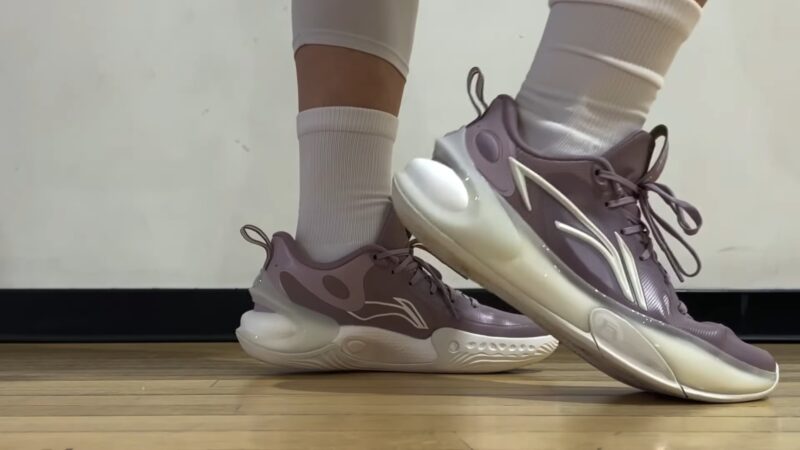
This brand also made a breakthrough at New York Fashion Week in 2018, showcasing a collection that blended traditional Chinese elements with modern sport-style clothing. This collection garnered international attention, appealing to younger generations who value both style and cultural heritage in their clothing.
Li Ning offers a wide range of products, from athletic wear to more fashion-oriented pieces. The brand is particularly known for its sneakers, which have become popular for their unique designs and comfort.
| Best-Selling Products | Type | Key Feature |
|---|---|---|
| Way of Wade Sneakers | Footwear | Innovative design, Comfort |
| Badminton Rackets | Sports Equipment | High performance, Durability |
| Training Apparel | Clothing | Functional fabrics, Stylish |
Why Are Chinese Brands So Popular?
Chinese clothing brands have gained immense popularity globally due to several key factors:
- Innovation and Trendsetting: Chinese fashion often starts the trend. With a quick response to emerging styles and consumer needs, Chinese brands frequently pioneer new fashion trends. Their ability to swiftly turn ideas into tangible products sets them apart in the global market.
- Quality Improvement: There has been a significant improvement in production standards within China. Brands like Bosideng and Li Ning are noted for their high-quality products. This enhancement in quality demonstrates that Chinese manufacturing can compete on more than just price, appealing to a growing middle class that seeks style, quality, and affordability.
- Adaptability and Speed: Chinese brands are known for their rapid response to changing fashion trends, thanks to a robust manufacturing sector. This allows them to quickly produce new styles and maintain the freshness of their collections.
- Effective Use of Social Media: Brands like Shein have leveraged social media platforms effectively, collaborating with influencers to reach their target demographic where they spend most of their time, such as Instagram and TikTok.
- Global Reach and Online Presence: Many Chinese brands have expanded their presence globally through e-commerce. This allows them to easily reach international customers, further increasing their popularity.
- Sustainability Initiatives: Some Chinese brands are making efforts towards sustainable practices, responding to global concerns about the environmental impact of the fashion industry. These initiatives include using environmentally friendly materials and improving transparency and sustainability in the manufacturing process.
FAQs
Which brand is famous in China?
According to a ranking published by iiMedia Research, the most popular Chinese clothing brand among consumers in China in 2019 was Bosideng, receiving 92.9 out of a maximum possible 100 points. Bosideng is a leading down jacket manufacturer and retailer in China, with over 7,000 stores across the country.
What are the most wanted fashion brands?
The most wanted fashion brands at resale are more affordable brands, such as Madewell, Zara, Urban Outfitters, Free People, Anthropologie, Abercrombie & Fitch and Levi’s, according to a report from ThredUp and GlobalData. These brands have the best resale value and appeal to value-and-sustainability focused consumers.
Why is streetwear so expensive?
Streetwear is expensive for a number of reasons. The clothing is often high quality and made with premium materials. In addition, streetwear brands often collaborate with other luxury brands, which drives up the price. Finally, streetwear is often associated with celebrities, which can lead to increased demand and higher prices.
Who started luxury streetwear?
While it’s difficult to pinpoint exactly who started luxury streetwear, there are a few key players recognized as pioneers of the streetwear industry we know today: Shawn Stussy, founder of California surf brand Stussy; James Jebbia, founder of skate brand Supreme; and Dapper Dan, a Harlem-based designer who created luxury streetwear for hip-hop artists and influential people of color.
Does Gucci make streetwear?
Yes, Gucci makes streetwear. The Italian luxury brand has embraced the streetwear movement, offering a range of products that blend elements from various cultures and styles. Gucci’s streetwear items include hoodies, sweatshirts, sneakers, slippers, bags, and accessories, often featuring the brand’s signature logo and motifs.
Who made streetwear popular?
Streetwear became popular through a combination of cultural, fashion, and social influences. These factors, along with ongoing innovation and creativity within the streetwear industry, have contributed to the popularity of streetwear and its takeover of the fashion world. Some of the major influences that made streetwear popular are youth culture and rebellion, skateboarding and hip-hop, celebrity endorsements, limited editions and hype culture, social media and digital marketing, and cross-cultural fusion.
Summary
Shein has revolutionized the fast fashion industry with its rapid response to trends and effective use of social media, catering to a digitally savvy audience. Bosideng showcases the prowess of Chinese manufacturing with its high-quality down jackets, earning global recognition.
Li Ning combines sports functionality with street style, infusing traditional Chinese aesthetics into its designs, resonating with younger generations. These brands, among others, signify a broader movement in Chinese fashion – one that embraces national identity, adapts to global trends, and innovates in sustainability and digital marketing.
As they continue to evolve and respond to both domestic and international consumer needs, Chinese clothing brands are poised to further influence and shape global fashion trends.
